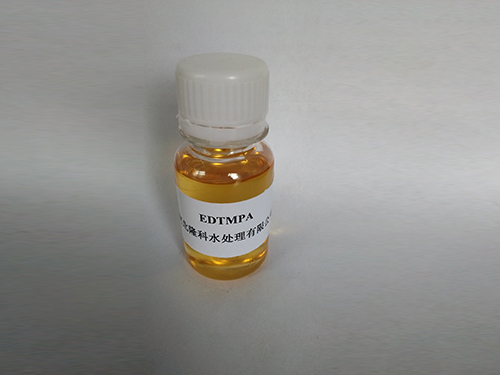Exploring the Applications of Diethylenetriamine Pentamethylene Phosphonic Acid in Chemical Research
Diethylenetriamine Penta Methylene Phosphonic Acid A Comprehensive Overview
Diethylenetriamine penta methylene phosphonic acid (DTPMPA) is a significant compound in the realm of chelation chemistry, characterized by its unique structure and versatile applications. This compound, a phosphonic acid derivative, is widely recognized for its excellent scale inhibition, corrosion control, and effective chelation properties. Its relevance expands across various industries, including water treatment, oil and gas, and industrial cleaning.
Structure and Properties
DTPMPA is a multi-functional aminophosphonic acid, which possesses five phosphonic acid groups and a diethylenetriamine backbone. This specific arrangement facilitates its ability to form strong complexes with metal ions, enhancing its effectiveness in inhibiting scale formation in various aqueous environments. The presence of phosphonic acid groups allows DTPMPA to bind tightly with metal ions, preventing their precipitation as insoluble scales.
The compound is typically presented as a colorless to light yellow liquid or crystalline powder, soluble in water. It displays a high stability across a range of pH levels, making it suitable for various applications. Its multifunctional nature allows it to interact with different ions, substantially enhancing its capability as a chelating agent.
Applications
1. Water Treatment One of the primary applications of DTPMPA is in water treatment processes. Its scale-inhibiting properties are crucial in preventing the formation of mineral deposits, such as calcium and magnesium scales, within pipes and equipment. These deposits can lead to reduced efficiency, increased maintenance costs, and potential system failures. The addition of DTPMPA into water systems helps in mitigating these risks, ensuring smooth operations and extending the lifespan of equipment.
diethylenetriamine penta methylene phosphonic acid

2. Corrosion Inhibition In addition to its scale inhibition capabilities, DTPMPA is also utilized as a corrosion inhibitor. In industrial settings, metal surfaces are susceptible to corrosion due to the presence of aggressive ions and fluctuating environmental conditions. DTPMPA effectively forms a protective layer on metal surfaces, reducing the rate of corrosion and extending the operational life of machinery and infrastructure.
3. Oil and Gas Industry The oil and gas sector employs DTPMPA in various capacities, particularly in enhanced oil recovery processes. Here, it helps in controlling scales that can occur during the extraction and processing of hydrocarbons. Furthermore, its chelating ability allows for the removal of metal ions that could adversely affect the efficiency of extraction and refining processes.
4. Industrial Cleaning DTPMPA is also an ingredient in many cleaning formulations. Its ability to chelate metal ions enables it to remove hard water stains and deposits effectively. As such, it is commonly found in detergents and cleaning agents, enhancing their performance in both household and industrial applications.
Environmental Considerations
While DTPMPA exhibits significant benefits across industries, it is important to address its environmental impact. The production and disposal of phosphonic acids can raise concerns regarding water pollution. However, when used in controlled environments and with appropriate waste management protocols, the risks can be effectively mitigated. Researchers are also exploring biodegradable alternatives and modifications to enhance the environmental profile of DTPMPA and similar compounds.
Conclusion
Diethylenetriamine penta methylene phosphonic acid offers a robust solution to various chemical challenges across multiple industries. Its unparalleled ability to inhibit scale formation, control corrosion, and act as a chelating agent underscores its importance in maintaining the efficiency and longevity of industrial systems. As industries continue to pursue sustainability and efficiency, compounds like DTPMPA will remain at the forefront of technological advancements. Continued research and development in this field hold the promise of refining not only the effectiveness of such compounds but also their environmental footprint, ensuring that the benefits outweigh potential drawbacks.
-
Dodecyldimethylbenzylammonium Chloride: High-Purity DisinfectantNewsAug.30,2025
-
2-Phosphonobutane-1,2,4-Tricarboxylic Acid: Scale & CorrosionNewsAug.29,2025
-
Premium Isothiazolinones | Broad-Spectrum Biocidal SolutionsNewsAug.28,2025
-
LK-319 Special Scale And Corrosion Inhibitor For Steel Plants: Advanced Solutions for Industrial Water SystemsNewsAug.22,2025
-
Flocculant Water Treatment: Essential Chemical Solutions for Purification ProcessesNewsAug.22,2025
-
Isothiazolinones: Versatile Microbial Control Agents for Industrial and Consumer ApplicationsNewsAug.22,2025





